Digital Divide Closing in South Carolina, State Says
'Nearly all of these newly constructed locations now have access to fiber,' says state broadband director
Jake Neenan

WASHINGTON, April 3, 2025 – South Carolina is narrowing the number of locations it will need to serve with its $551 million in Broadband Equity, Access, and Deployment program funding.
The state took its tally of homes and businesses without adequate broadband from more than 300,000 in 2021 to 28,724 today, the South Carolina Broadband Office said in a statement Tuesday. Of those, 21,466 are residential, 5,469 are businesses, and 1,789 are community anchor institutions like hospitals and schools. These numbers represent locations with no current funding commitment, meaning locations slated to get service in the future from other grant programs aren’t included.
“Proudly, nearly all of these newly constructed locations now have access to fiber,” Jim Stritzinger, the state's broadband office director, said in a statement.
The progress is in part thanks to $400 million in broadband funding from the American Rescue Plan Act, which was originally aimed at 112,380 homes and businesses. Most of those projects – 128 separate builds from 19 ISPs – are completed according to the state, with the last rounds of South Carolina’s ARPA funding scheduled to be completed by June 2026.
South Carolina has been recouping money from ARPA projects that come in under budget and doling it out again to fund more construction ahead of BEAD, which the state said “allows remaining BSLs to be connected more rapidly.” BSLs are broadband serviceable locations like homes and businesses.
The state also put up $30 million of its own money since the broadband office’s inception in 2021, and administered an extra $25 million in CARES Act funding. That’s in addition to federally managed programs like the Rural Digital Opportunity Fund and unsubsidized private build outs.
There have also been improvements in broadband coverage mapping in recent years, with the Federal Communications Commission rolling out the first version of its continually updated national broadband map in 2023 and states undergoing their own refinement processes as part of BEAD. More accurate data on the connectivity available at each location has continued to come in from both sources, changing the picture of which locations lack broadband in some states.
South Carolina is still cleaning up its map. It’s accepting ISP submissions of incorrectly marked locations or locations that shouldn’t be eligible for funding at all – things like shipping containers or sheds that sometimes get marked as BSLs – until April 30. The state said it planned to start accepting grant applications “In the near future.”
There’s of course uncertainty around BEAD as the Trump administration considers changing the $42.5 billion program’s rules. Commerce Secretary Howard Lutnick has said he’s making the program more technologically neutral, something Trump’s pick to head the Commerce agency managing BEAD, Arielle Roth, is on board with. The program currently favors fiber, which the administration has criticized as being too expensive.
It’s not clear whether any changes would require the majority of states that have started taking grant applications to redo any of their work. Three states had full spending plans approved under the Biden administration – those are now on hold – and others are nearing the end of their bidding processes.
Some states have been asking the Commerce Department to take a lighter touch and avoid causing a delay after an already yearslong phase of improving maps and coordinating with the federal government. A group of 115 state legislators from 28 states, not including South Carolina, signed an open letter to Lutnick Thursday urging caution.
“BEAD is the final piece of the puzzle,” Rep. James Clyburn, D-S.C., said in a statement. “This investment is essential for the competitiveness of the entire state and to make sure no rural community is left behind as the wheels of progress move forward.”



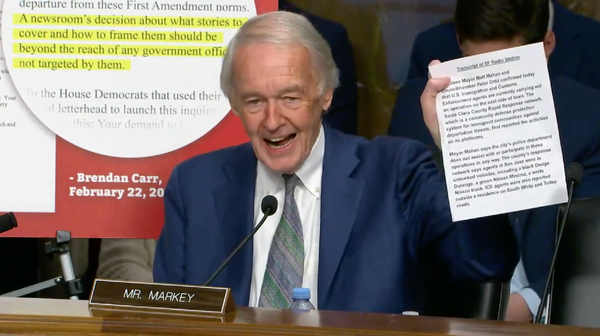
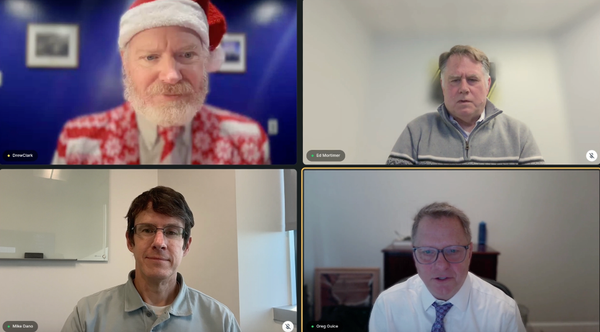
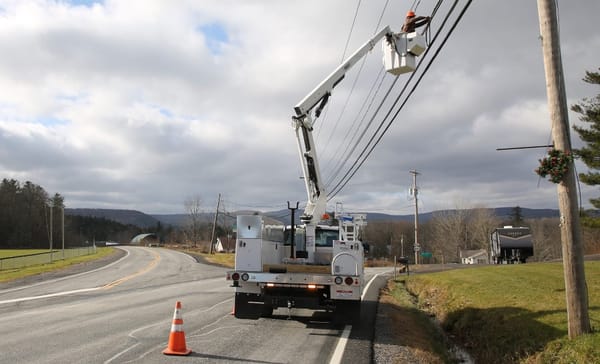
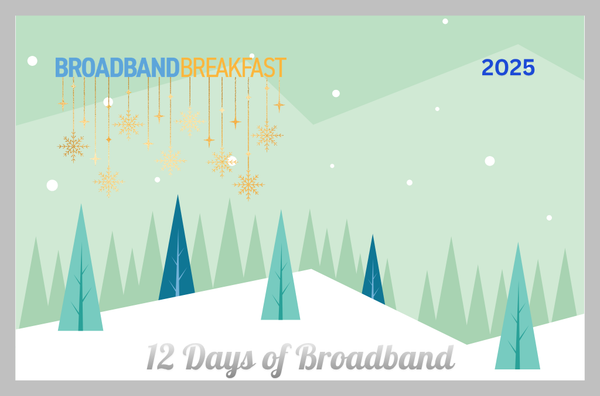
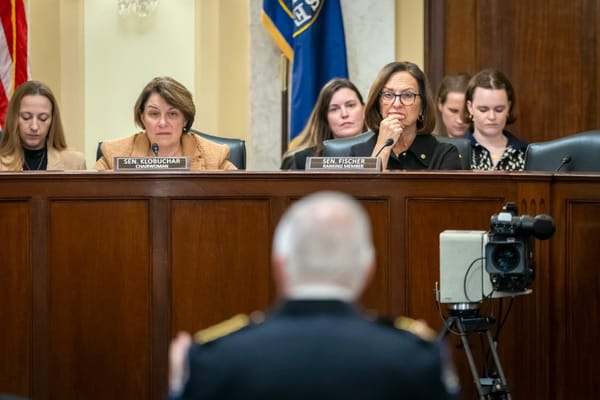

Member discussion